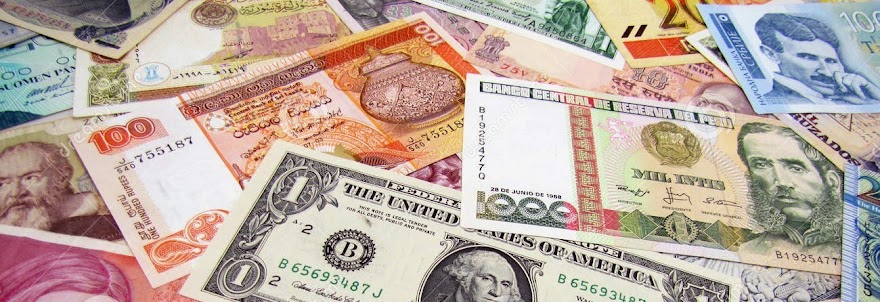By
Nilaish, M.B.A.
Life
Member of IBNS - Indian Banknote Collector’s Chapter
Bank of Madraa ca. 1900
The
Governemnt Bank of Madras (Madras Government Bank) which was founded by Lord William
Bentinck (see below), the Governor of Madras established there about the
beginning of the 19th century. It is said to have limited circulation of its notes. Its notes were like Treasury Bills than notes in
proper, as the bank cannot be regarded as note issuing bank in particular
(DasGupta 1927). After 1843 Madras Government Bank was replaced by the Bank of
Madras. As moving in the same presidency, Asiatic Bank which was established in
1804, had very limited circulation of banknotes.
Lord William Bentick
Inside of Bank of Madras
Bank of
Madras was founded on 1st July 1843 at North Beach Road in the
present day Chennai. The Bank of Madras was established with Rs. 3 million. The
Madras Government Bank which was established in 1806 was replaced by Bank of
Madras. The Madras Government Bank was profitable bank which had average daily
currency notes circulation of Rs. 2.3 million (Shaikh et al. 2009). The Madras
Government Bank closed its operation with the opening of this bank at Madras. Shaikh et al. (2009) writes: “The
52 employees of the Madras Government Bank, out of which 20 were employed for
the Bank of Madras, 18 were put in the Treasury and 14 were deemed redundant”.
The first
meeting of directors happended on 28th June 1843. The directors of
the bank who were present were: Messrs. Ellis Oachterlony, Arbuthrist Thomson,
Binny Minchin, Bruce Morris and Col. Alexander. They proceeded to elect
President as Mr. Bruce Morris, Esq. and Mr. Birch as Treasuer & Secretary.
Mr. Birch was appplicant with Mr. Dunlope. These names were accepted by Mr.
Binny Minchin immediately. The salary of the Secretary was fixed at Rs. 800 per
annum (Minutes of Meeting, 1843). The information about the circulation of its
banknotes is very scanty. It is estimated that Bank of Madras has issued the
smallest number of banknotes among the three presidency banks. The notes
pictured the vignette of Sir Thomas Munroe, Governor of Madras (1817-1827).
Bank of Madras issued banknotes of denominations: 10 (An issued note is shown),
15, 20, 25 (See below), 50, 100, 500, 1000, 3000 Rupees. The first issues were signed by
Mr. Birch as Secretary & Treasurer. There
is no information about the circulation but it is estimated that less than 200,000
banknotes were issued for public issue. Most of them were returned to the bank
and and were destroyed.
An issued 10 Rupees note in 1861
Bank of
Madras replaced the Madras Goevrnment Bank’s notes issues also. Its paper rupees
were convertible in all public treasuries. About the currency notes of the Bank
of Madras in circulation it is known that the average was 15 or 16 hundred
thousands. At one time the circulation reached 30 hundred thousands and in the
negotiations of the bank with the Government it struggled hard for extension.
Except 1860 the circulation was always under 20 hundred thousands, but in that
last year it rose to 24.5 hundred thousands, the surplus being generally held
by the treasury and the banks in Madras (DasGupta 1927: 21-22). The circulation
in 1852 was approximately Rs. 12,71,950 (Hubner 1854).
References
Das Gupta, B.B.; (1927), “Paper
Currency in India”, Calcutta University Press, Calcutta, 1st edn., Out of print.
Bagachi, Amiya; (1987), “Evolution
of the State Bank of India: Part I”, Oxford University Press, 1st
edn., Out of print.
Shaikh, Bazil; Srinivasan, Sandhya; (2009),”The Paper
& The Promise”, 3rd Ed., Reserve Bank of India Publication.
Bank of Madras Minutes (1843):
Victoria Memorial Calcutta, India.
COPYRIGHT 2014 by NILAISH, ESQ.





